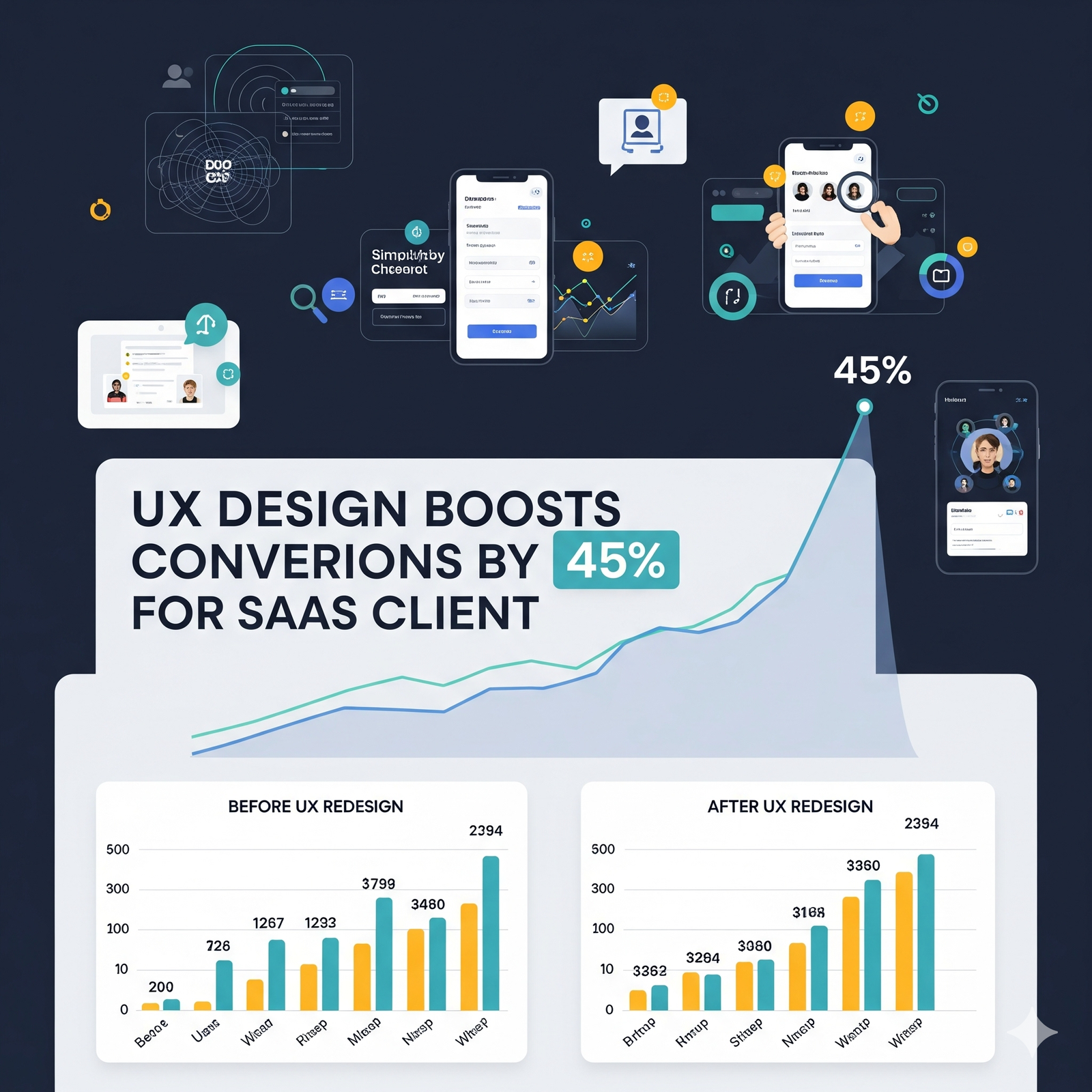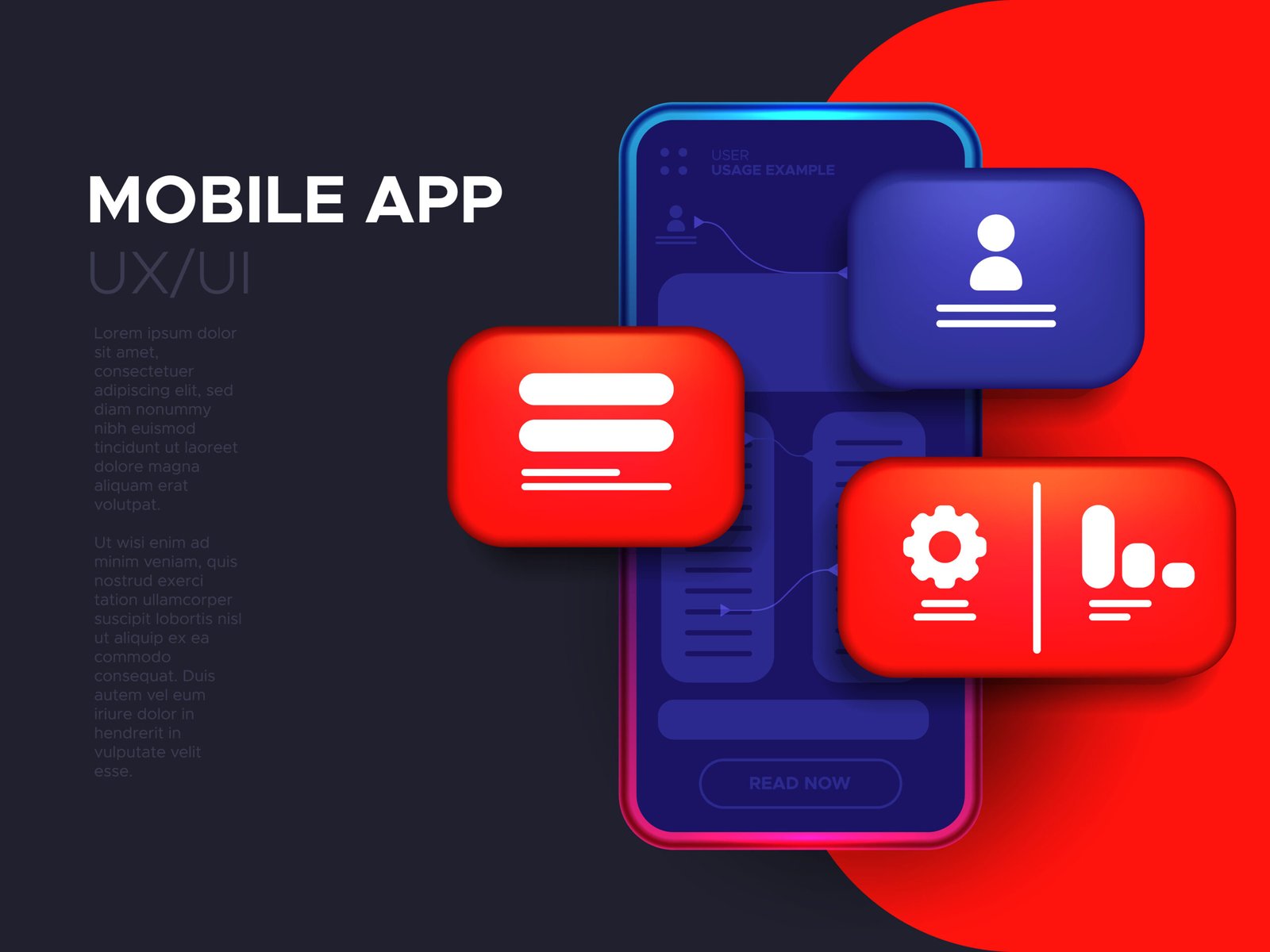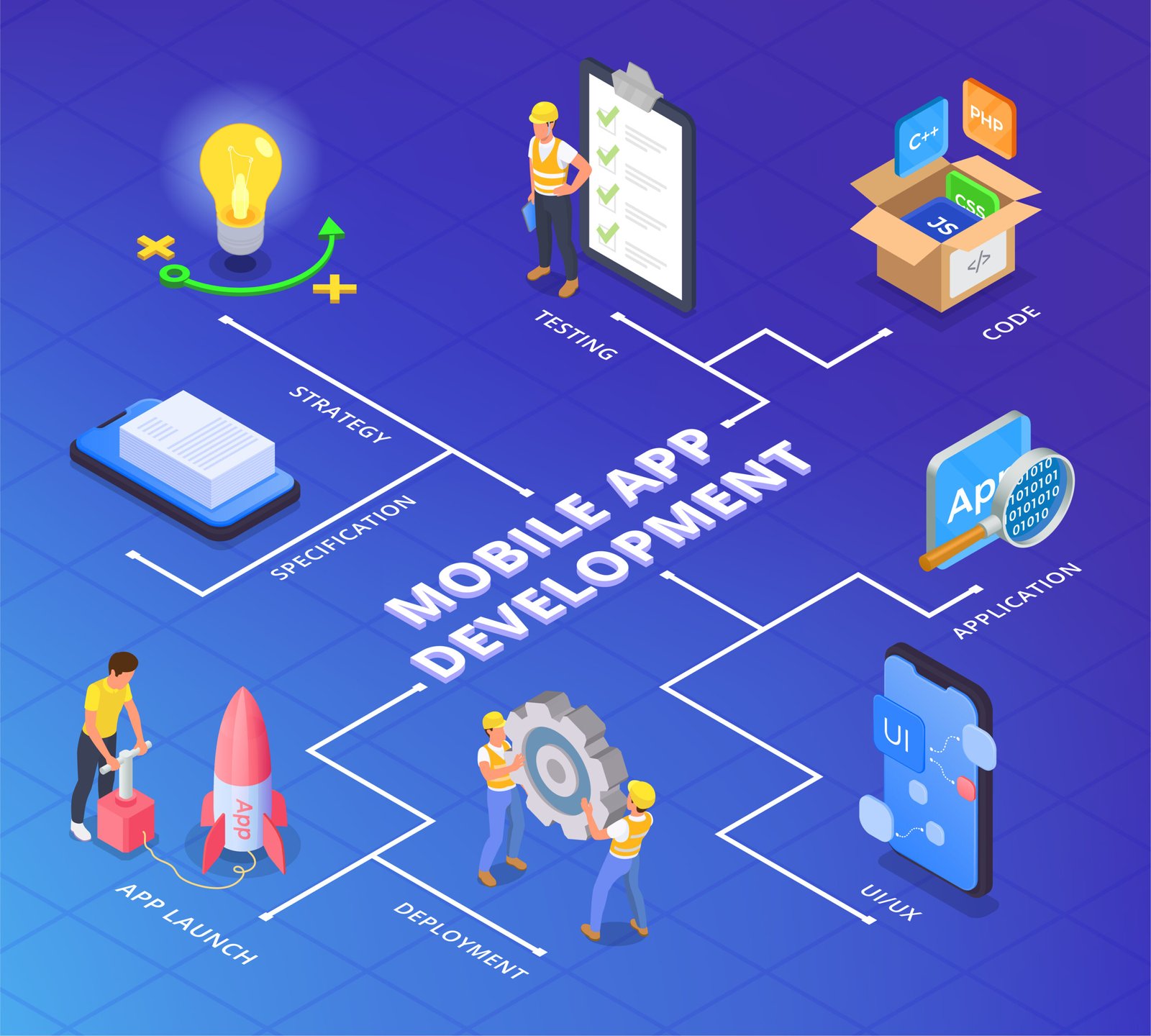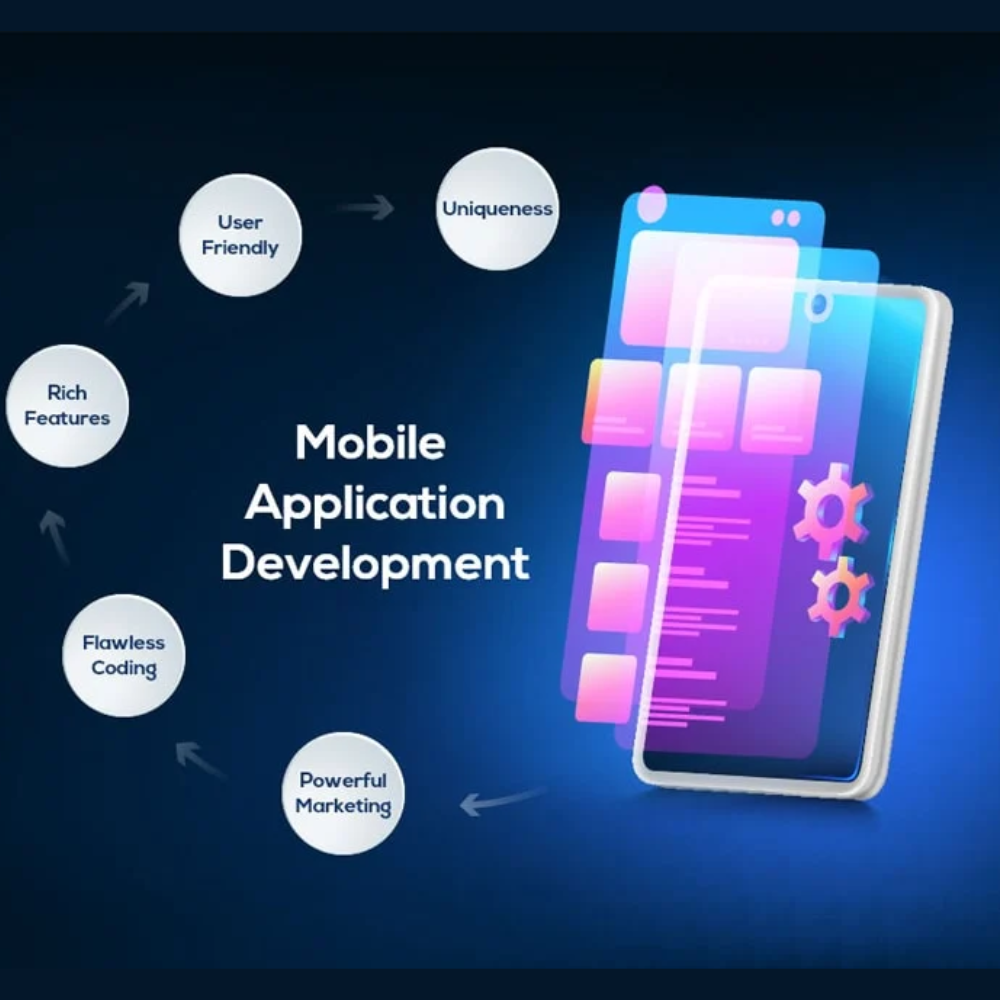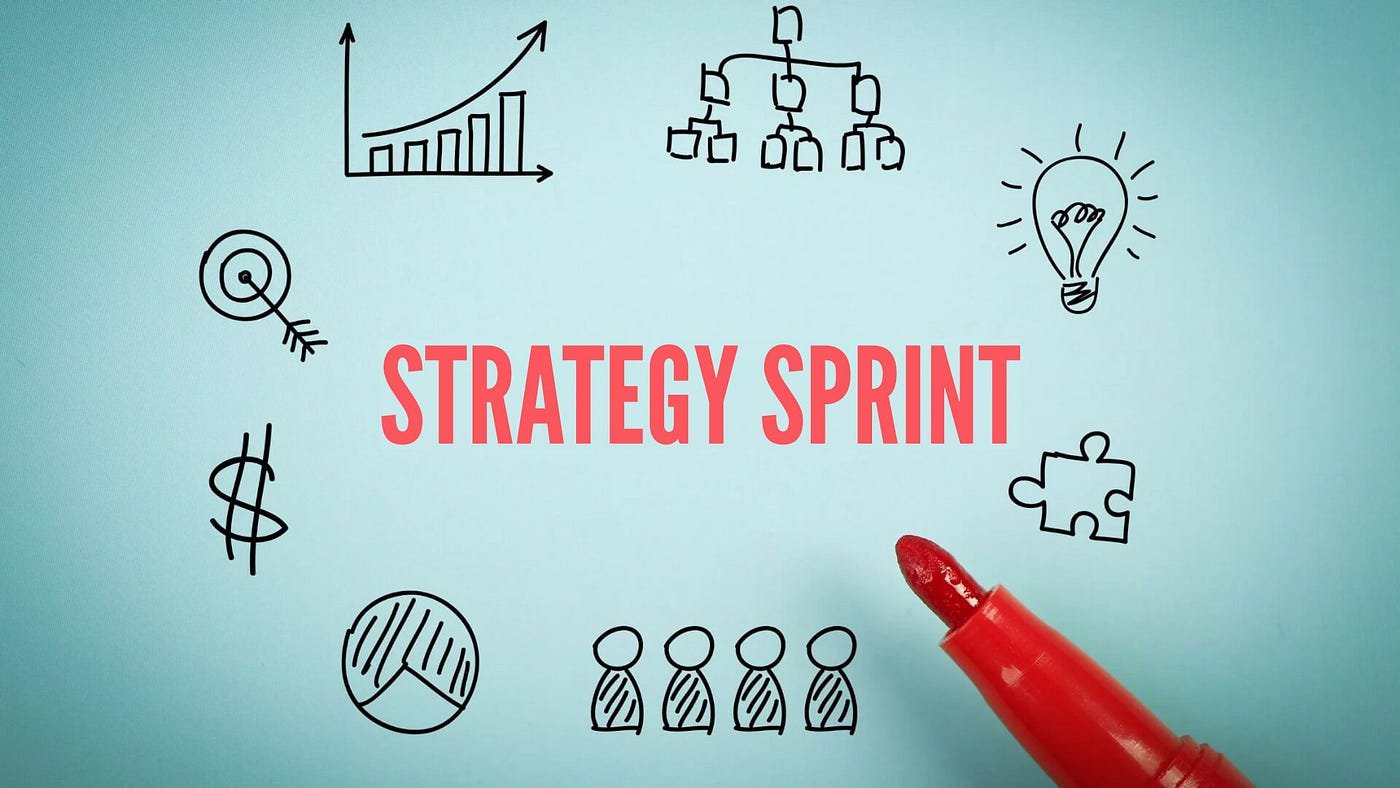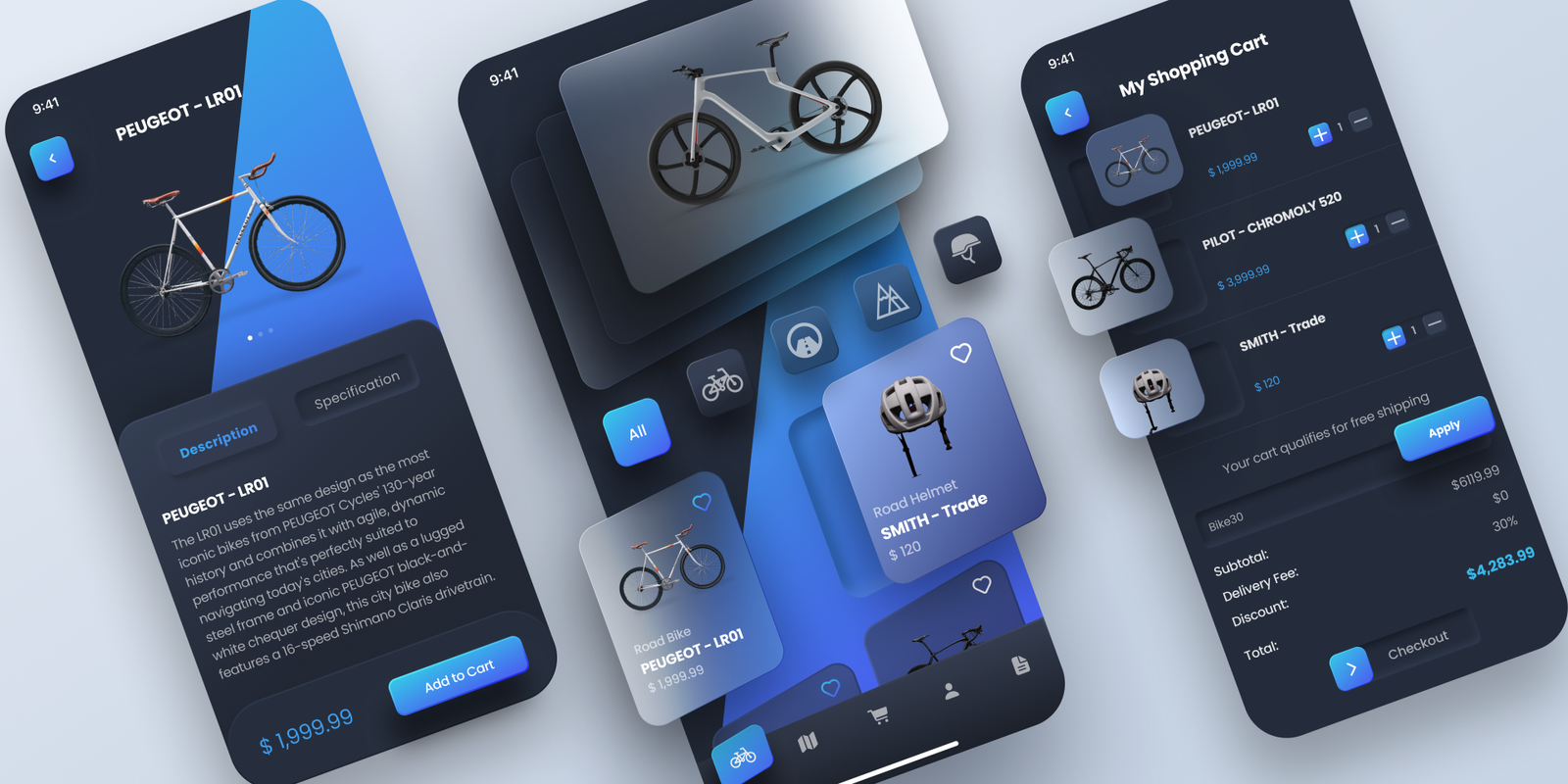
In today’s fast-paced digital economy, businesses that grow sustainably are the ones that adapt, innovate, and focus on customer-centric strategies. Growth is no longer about just expanding market share — it’s about building meaningful experiences, leveraging technology, and staying agile in a constantly evolving landscape.
In 2025, several trends are reshaping the way companies think about growth. From digital transformation and fractional leadership to user experience (UX) and competitive strategies for SMEs, the opportunities are bigger than ever before. This blog explores five key areas every business leader should pay attention to.
How Digital Transformation is Reshaping Industries in 2025
Digital transformation is no longer optional — it has become the lifeline of modern businesses. In 2025, industries around the world are undergoing a massive shift in how they operate, interact with customers, and design business models. This change is being fueled by advancements in cloud computing, artificial intelligence (AI), automation, and data-driven decision-making.
One of the biggest drivers of this shift is automation and AI integration. Companies are relying heavily on AI-powered tools to improve productivity and accuracy. From chatbots handling customer queries to predictive analytics guiding sales forecasting, businesses are not only cutting costs but also delivering faster, smarter results.

The way we work has also been transformed. Remote and hybrid work models are now a permanent part of the modern workplace. Supported by collaboration platforms, project management tools, and secure cloud solutions, businesses can attract global talent without being limited by geography.
Sustainability has also become a key focus. With environmental concerns growing worldwide, companies are adopting green technologies like energy-efficient data centers and AI-driven supply chain optimization. This ensures that digital transformation is not just profitable but also environmentally responsible.
Fractional CXOs: A Smarter Way to Scale Your Business
Digital transformation has become the lifeline of modern businesses, and in 2025 it is reshaping industries across the globe. Companies are seeing major changes in how they operate, interact with customers, and build business models, thanks to advances in cloud computing, artificial intelligence (AI), automation, and data-driven decision-making.
Automation and AI are now at the heart of this shift. From chatbots that streamline customer support to predictive analytics that improve sales forecasting, businesses are using AI tools to cut costs, increase accuracy, and boost efficiency.
Work culture has also evolved. Remote and hybrid models are now a permanent part of the workplace, supported by secure cloud solutions and collaboration platforms that make it easier for companies to attract top talent from anywhere in the world. Another big impact of digital transformation is the rise of personalized customer experiences. E-commerce platforms, for example, can now recommend products based on browsing behavior and past purchases, creating higher satisfaction and stronger conversions.
Sustainability has become just as important as growth. Companies are adopting green technologies like energy-efficient data centers and AI-driven supply chain optimization, proving that digital transformation can be both profitable and environmentally responsible.
Why Startups Should Prioritize UX Before Scaling
Too many startups make the mistake of rushing to scale before ensuring their product delivers a seamless user experience (UX). In 2025, UX has become one of the biggest differentiators between success and failure, and companies that ignore it risk losing customers before they even begin to grow.
First impressions play a critical role in a product’s success. A clunky onboarding process, confusing navigation, or slow performance can instantly turn users away. Startups that invest early in intuitive design, fast load times, and accessible features are far more likely to create a positive impact and win user trust.

Beyond first impressions, retention is more valuable than acquisition. While acquiring new users is costly, retaining them creates long-term growth. A smooth and enjoyable user experience encourages customers to keep coming back, and studies show that people are far more likely to recommend a product when it offers a delightful and hassle-free experience.
UX also plays a key role in scalability. Startups that expand quickly without addressing usability often face multiplied problems, from performance bottlenecks to customer churn. By focusing on UX early, they ensure that scaling happens without friction, creating a stable foundation for long-term growth. In competitive markets, products with great UX stand out immediately. Platforms like Slack, Zoom, and Notion didn’t succeed solely because of their functionality but because their user experiences made adoption easy, enjoyable, and even addictive.
How SMEs Can Compete with Enterprises Through Better Apps
Small and medium-sized enterprises (SMEs) often feel overshadowed by large corporations with massive budgets, but in 2025 technology has leveled the playing field. By leveraging better apps and digital tools, SMEs are now able to deliver customer experiences that match — and sometimes even surpass — those of enterprise-level companies.
A mobile-first strategy is one of the most effective ways SMEs can compete. With the majority of customers relying on smartphones, apps designed with a mobile-first approach ensure higher engagement and easier accessibility. A well-crafted app allows SMEs to attract new customers, serve them efficiently, and build long-term loyalty. Access to enterprise-grade technology has also become more affordable. Cloud-based and SaaS (Software-as-a-Service) solutions give SMEs powerful tools for CRM, project management, accounting, and marketing automation without requiring massive investments. These tools allow smaller businesses to streamline operations and focus resources on growth.
Unlike large corporations, SMEs enjoy the advantage of agility. They can respond to customer feedback quickly, adapting apps with personalized features and rolling out updates faster than enterprises bogged down by complex structures. This flexibility enables SMEs to offer customer-centric innovations that big competitors struggle to match.
Digital apps also provide SMEs with both local and global reach. A retail SME, for instance, can use an app to expand sales beyond its physical location, serving local customers while also reaching buyers around the world through e-commerce integrations.
By focusing on smarter apps and digital strategies, SMEs can transform their agility into a competitive edge. Instead of being overshadowed by enterprises, they can position themselves as customer-first challengers capable of delivering exceptional value and experiences.
The Power of UX in Driving Customer Retention
Acquiring new customers is important, but the real engine of long-term business growth is retention. In 2025, user experience (UX) has become the central factor in keeping customers loyal, making it one of the most powerful tools for sustainable success. Customers naturally stick with brands that make their lives easier. Whether it’s a smooth checkout process in an e-commerce store or an intuitive dashboard in a digital platform, seamless UX ensures that every interaction feels effortless and enjoyable.
But great UX goes beyond convenience — it builds emotional connections. When users feel understood, supported, and valued, they don’t just use a product; they form a deeper bond with the brand, one that encourages loyalty over time.

This connection directly reduces churn rates. A banking app with a clean, transparent design, for example, is far more likely to retain customers than one with a confusing or frustrating interface. The difference often comes down to how thoughtfully the experience is crafted. Good UX also fuels advocacy and referrals. Satisfied customers naturally share their experiences with others, turning into brand advocates who drive word-of-mouth marketing. Unlike costly ad campaigns, this kind of organic growth is both powerful and sustainable.
With the help of modern analytics, businesses can track user behavior, identify drop-off points, and measure engagement to continuously refine their UX. This creates a cycle of constant improvement that strengthens customer relationships and boosts retention even further.
Ultimately, UX is not just about design — it is about loyalty. Companies that prioritize user experience gain more than satisfied customers; they build lasting relationships that translate into higher revenue, stronger reputations, and long-term growth.
































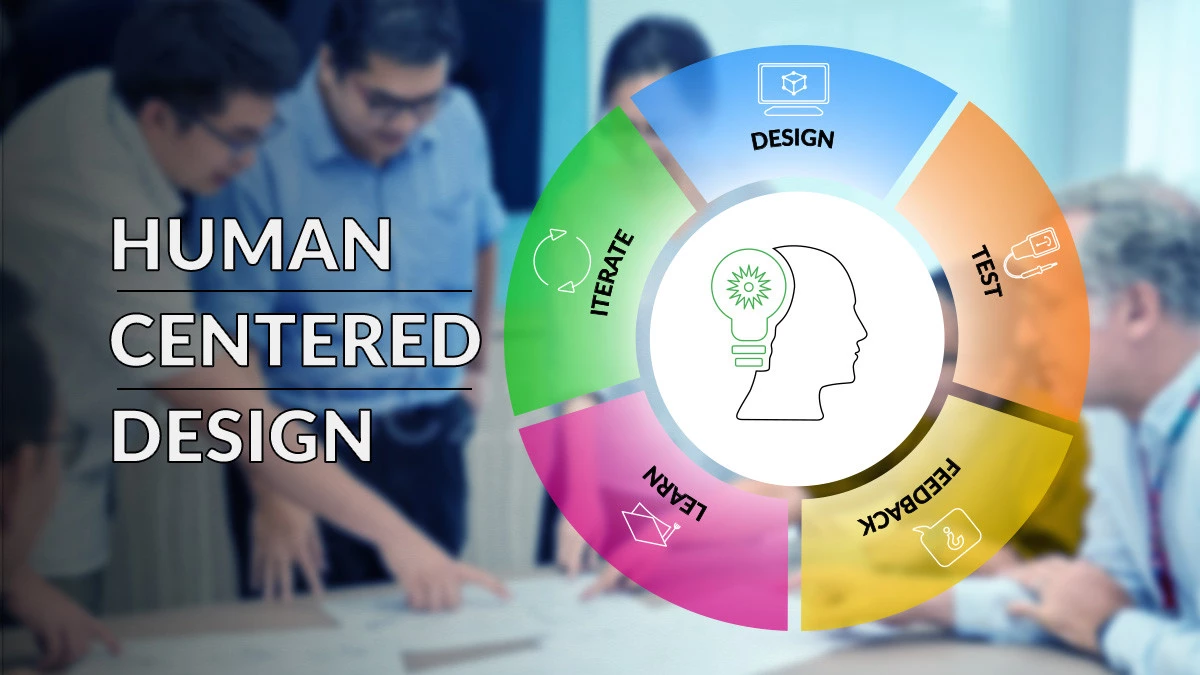


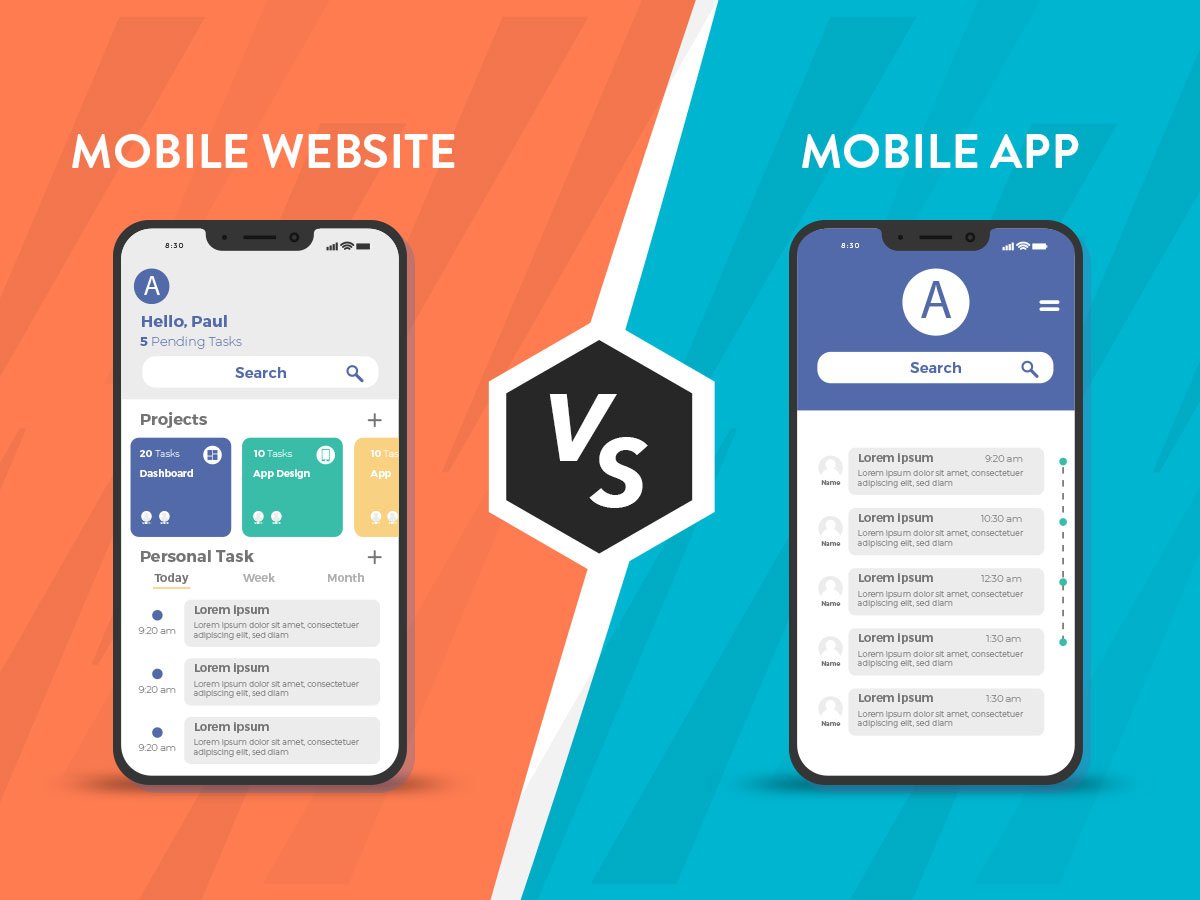





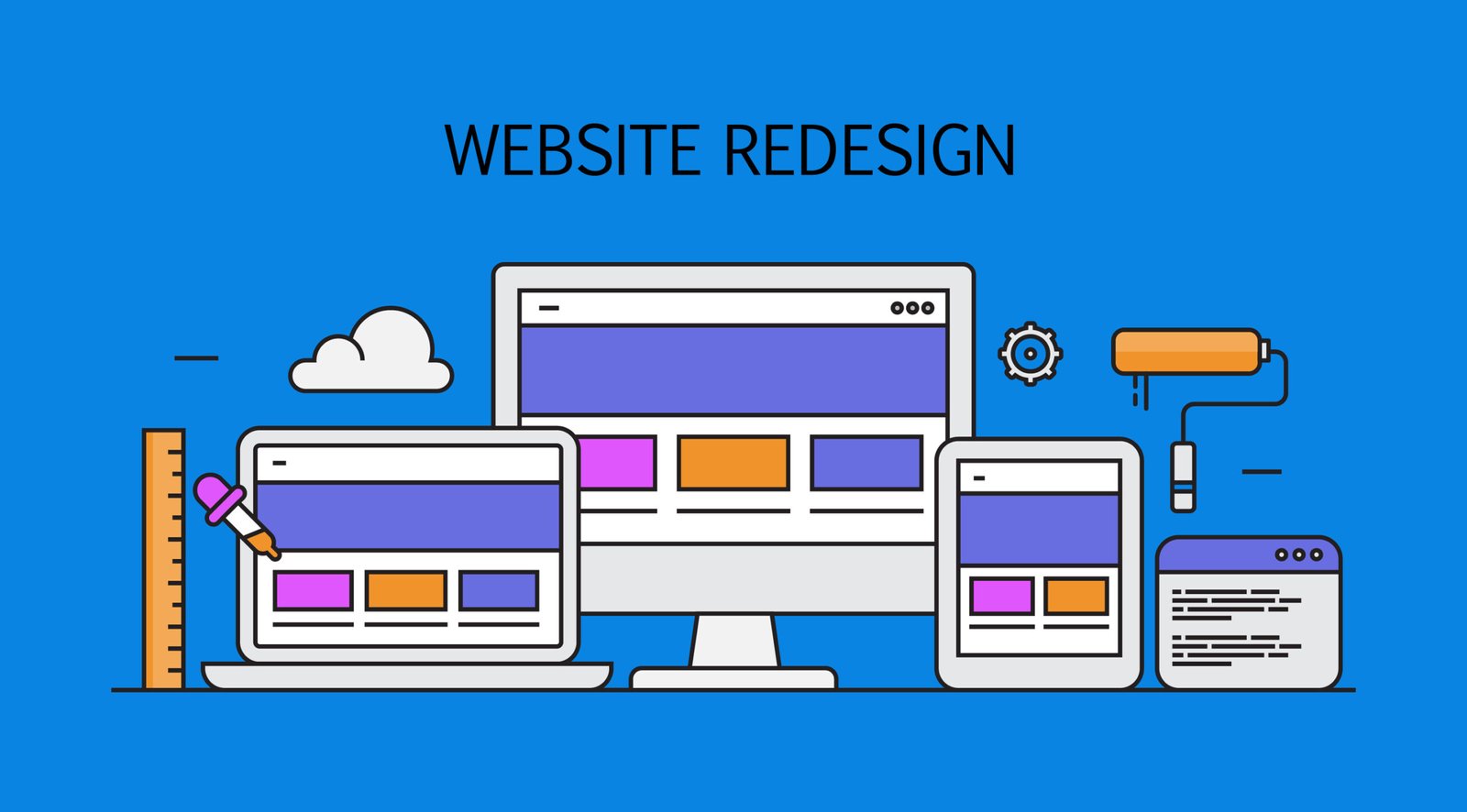

![Case Study: How We Helped [Client] Scale with a Custom Mobile App](https://uxdlab.com/wp-content/uploads/2025/08/case.png)




